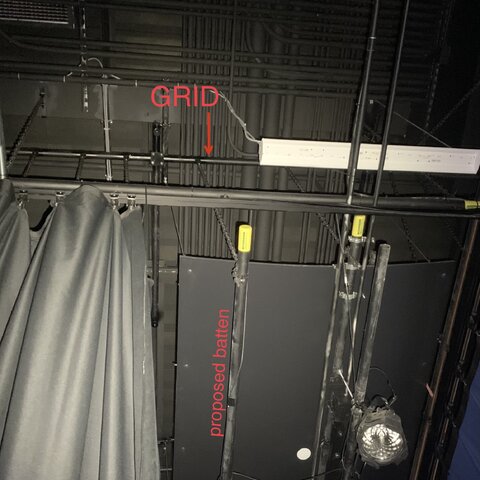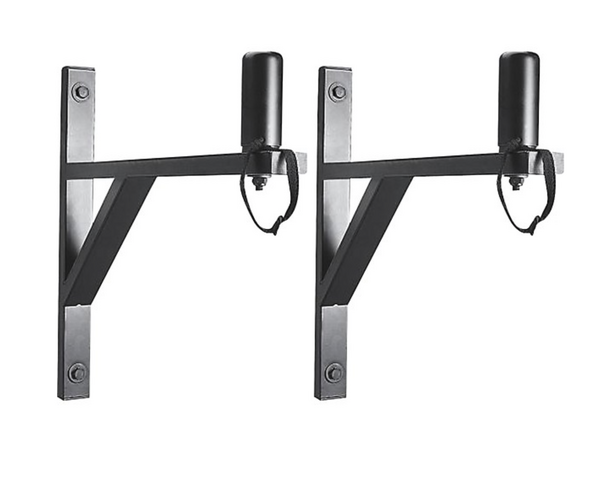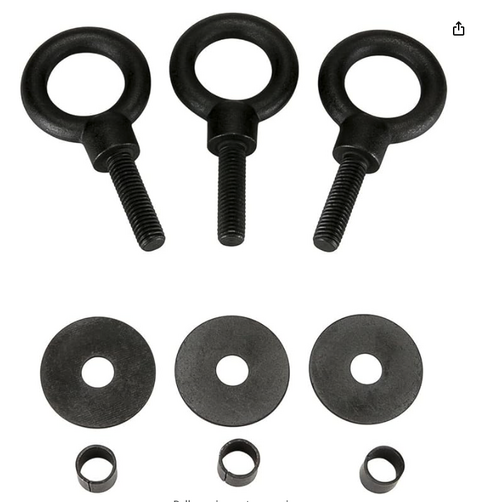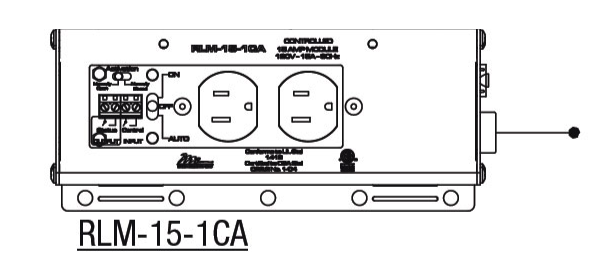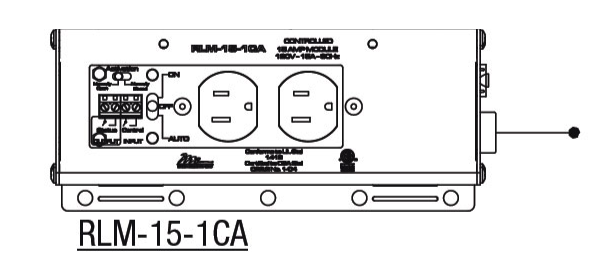Rip Van Winkle
Member
I’ll apologize in advance for the following mess. I’m new to CB; I’ve been letting this problem for too long, and am afraid that I’ve overcomplicated the question. Please bear with me!
I am looking to hang a couple of powered stage monitors (JBL EON612’s) on a semipermanent basis, meaning that I expect the rigging & wiring to stay put even if the speakers need to be temporarily removed for scenics or whatever. I am realizing that this project hits some critical gaps in my knowledge: most theaters I’ve worked in have had fly systems; I’ve never really requested this kind of “permanent” rigging; and, most importantly, I have a 20 year gap in experience (backstory in my profile if you’re interested), which means I missed the rise of the powered speaker.
I have been having trouble finding what feel like basic best practices for powered speakers, particularly when used as monitors in a larger system (searching mostly turns up rigging fails on reddit). I want to be very clear that I am not asking for “how to” advice on rigging or electrical. A qualified rigger & electrician are precious commodities for this (school) theater — we have none on staff or even regular crew — and I want to make sure that I’m asking for the right things when I get the opportunity.
Rigging: The speakers have 3 suspension points. Attaching a picture of the proposed location. (The battens are dead hung a few feet below the grid on the ceiling; if a line came straight down from the grid, it would not interfere with the curtain rail or the acoustic reflectors.)
— What is best as a permanent installation: bringing wire rope all the way from the grid, or just rigging it (properly) to the batten? (It seems un-neighborly to permanently clog the ends of one of a very few battens; am I missing something obvious?)
Power: This is the big mystery to me. Not sure if I’ll have access to an electrician, but if I do, I want to make sure I ask the right questions:
— I’m imagining a million variables in connecting the speakers to power. I guess the most important is, where should the extensions attach to the wall? Is it okay to swag them down to deck level along the wall (again, for a long-term installation), or should I ask for a junction box up at the level of the battens? If the former, do I have one plug for both speakers, or a separate plug for each? If the latter, do I ask for some power control (a switch) at the deck level?
— Is it advisable to leave them on always? They obviously won’t see as much use as other stage systems, and would be subjected to the regular nasty pops of connecting and disconnecting of sources if they can’t be switched off.
— I’m also confused about grounding and circuits: in my day, on a small job all your powered stuff — your amps, your processors, your mixer — tended to be in one place. It was easy to plug everything into the same leg, keep it all on the same ground, and every potential bridge to any other circuit was assumed to be a hum risk (behold, the mighty direct box — or in your sketchier situations, that little grey “grounding adapter”). Has this been magically fixed in the 21st century, and I can just connect stuff to the nearest outlet? Is sound now also responsible for distributing power (or making sure power is distributed) to this degree?
As a point of information, this building was built (brand new) in 2015, so maybe my concerns are entirely historical. (Furthermore, I plan on patching through the installed “MONITOR” lines on the stage boxes. Is it possible these are wired to isolate ground by default? There’s a maddening dearth of documentation here…)
Thanks for reading this far. I appreciate all your input and advice!
I am looking to hang a couple of powered stage monitors (JBL EON612’s) on a semipermanent basis, meaning that I expect the rigging & wiring to stay put even if the speakers need to be temporarily removed for scenics or whatever. I am realizing that this project hits some critical gaps in my knowledge: most theaters I’ve worked in have had fly systems; I’ve never really requested this kind of “permanent” rigging; and, most importantly, I have a 20 year gap in experience (backstory in my profile if you’re interested), which means I missed the rise of the powered speaker.
I have been having trouble finding what feel like basic best practices for powered speakers, particularly when used as monitors in a larger system (searching mostly turns up rigging fails on reddit). I want to be very clear that I am not asking for “how to” advice on rigging or electrical. A qualified rigger & electrician are precious commodities for this (school) theater — we have none on staff or even regular crew — and I want to make sure that I’m asking for the right things when I get the opportunity.
Rigging: The speakers have 3 suspension points. Attaching a picture of the proposed location. (The battens are dead hung a few feet below the grid on the ceiling; if a line came straight down from the grid, it would not interfere with the curtain rail or the acoustic reflectors.)
— What is best as a permanent installation: bringing wire rope all the way from the grid, or just rigging it (properly) to the batten? (It seems un-neighborly to permanently clog the ends of one of a very few battens; am I missing something obvious?)
Power: This is the big mystery to me. Not sure if I’ll have access to an electrician, but if I do, I want to make sure I ask the right questions:
— I’m imagining a million variables in connecting the speakers to power. I guess the most important is, where should the extensions attach to the wall? Is it okay to swag them down to deck level along the wall (again, for a long-term installation), or should I ask for a junction box up at the level of the battens? If the former, do I have one plug for both speakers, or a separate plug for each? If the latter, do I ask for some power control (a switch) at the deck level?
— Is it advisable to leave them on always? They obviously won’t see as much use as other stage systems, and would be subjected to the regular nasty pops of connecting and disconnecting of sources if they can’t be switched off.
— I’m also confused about grounding and circuits: in my day, on a small job all your powered stuff — your amps, your processors, your mixer — tended to be in one place. It was easy to plug everything into the same leg, keep it all on the same ground, and every potential bridge to any other circuit was assumed to be a hum risk (behold, the mighty direct box — or in your sketchier situations, that little grey “grounding adapter”). Has this been magically fixed in the 21st century, and I can just connect stuff to the nearest outlet? Is sound now also responsible for distributing power (or making sure power is distributed) to this degree?
As a point of information, this building was built (brand new) in 2015, so maybe my concerns are entirely historical. (Furthermore, I plan on patching through the installed “MONITOR” lines on the stage boxes. Is it possible these are wired to isolate ground by default? There’s a maddening dearth of documentation here…)
Thanks for reading this far. I appreciate all your input and advice!



